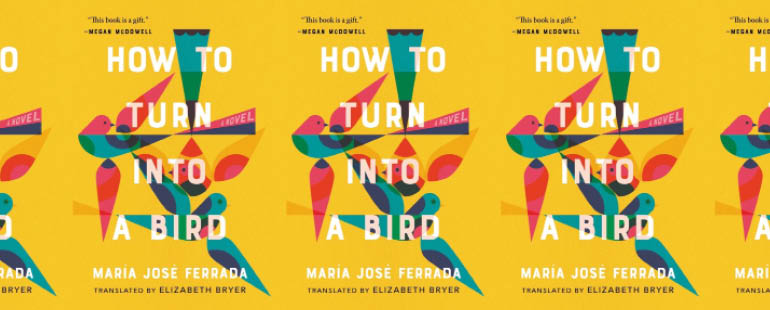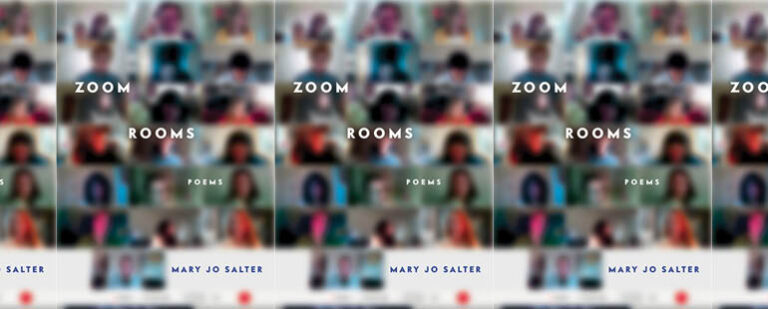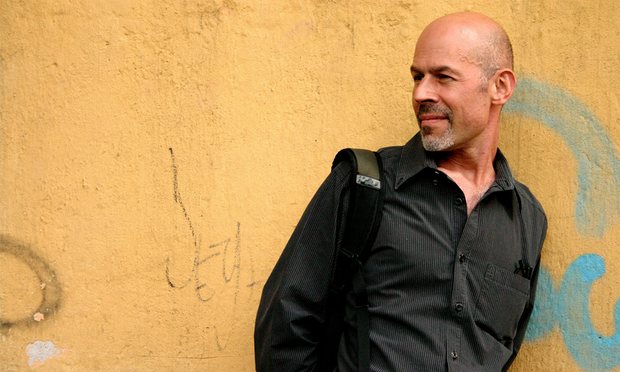The Perils of Freedom in How to Turn into a Bird

How to Turn into a Bird
María José Ferrada
Tin House | December 6, 2022
Ramón, the protagonist in How to Turn into a Bird, is not like the others. He left his job working long hours at the factory. He no longer lives within the thin walls of his apartment complex with his young wife, adolescent nephew, and sister-in-law, who is prone to fits of rage. Instead, Ramón has taken a job operating the lights of the Coca-Cola billboard outside of town. There, with his growing mountain of empty beer cans, Ramón has found solace and created a ramshackle nest “made by a bird that wasn’t all that interested in building a lasting monument to its species.” As far as his young nephew can tell, Ramón has no intention of ever coming down from his perch.
Ramón’s curious habitation is observed through the eyes of his twelve-year-old nephew, Miguel, who both admires and longs for his uncle while trying to understand his choices. When will he come down from his charge tending to the lights of the billboard? Why does he never come down? Eventually, Miguel realizes that “maybe the dictionary was wrong not to include intermediate species. Because there were bird-men, fish-women, and wolf-boys who spent their lives searching for hideaways where they could stretch their wings, swim around, lick their fur.”
At first, “the people down below” admire Ramón. However, when a child goes missing, it does not take much to disrupt the tenuous social balance and replace the townspeople’s admiration with fear. And that means getting “rid of anything and everything that didn’t function according to the laws of the group, which they–as judge and jury–had taken it upon themselves to dictate.”
In How to Turn Into a Bird, María José Ferrada has created a masterful, provocative, and timely artwork that shows what can happen to those who risk a life of freedom that diverges from the norm. Elizabeth Breyer’s English translation maintains the rhythm of the original Spanish, while evocative, lyrical sentences interweave with varying margin indentations and paragraphs mingle with empty space. At times reading the text felt like devouring poetry or observing art.
As an author of several children’s books with a deep understanding of children’s minds, Ferrada could not have chosen a better narrator than twelve-year-old Miguel. Children are still developing a cultural lens through which to see the world, so their interpretation is less judgmental and more inquisitive. Even as the world that Ramón has fashioned for himself falls apart, the story told through Miguel’s curious eyes and open heart is one of wonderment, tenderness, and love. Eventually, we watch Miguel’s loss of innocence as he goes from an awestruck nephew to a sober young man who has seen the consequences of fear and violence.
“I remember,” Miguel narrates, “that among the crowd were several people who had defended Ramón, now with a stick in hand, saying that he was, that he always had been, a fucking lunatic. Looking at them, I thought this meant that if time kept rolling on, eventually I too would change my mind and feel like killing somebody.”
How to Turn into a Bird shows this human contradiction without spelling it out. At what point does another’s freedom threaten our own? How does a crowd, even an twelve-year-old boy, pick up a stick to brandish against someone they love? So that, as Miguel reflects, “that you never forget:
What you shouldn’t have done.
What you shouldn’t have thought.
What you shouldn’t have wanted.”
This begs the question, is it too much to desire to live an authentic life that deviates from the social consensus?
In How to Turn into a Bird, short sentences absent of adjectives and adverbs mix with occasional longer ones, while chapters and sections are kept brief and spare. Ferrada uses sparse prose that requires a higher quality of attention. The sensation experienced while reading was much like ASMR, beginning with a tingling on the scalp and moving down the spine as the author slowly layered one sentence over another, branch by branch. I was unsure what the author was constructing until the nest began to take shape.
Using subtext and omission, Ferrada trusts that the reader will fill in the gaps and reach their conclusions. The bare prose builds intrigue and suspense, which results in a page-turner of a book. This is my favorite kind of book, the kind I wish to write, that leaves space for the imagination and invites the reader to conjure their own meaning. For this reader, that meant contemplating what it means to live in true freedom and the resulting awareness of another’s subjugation. With the surge in hate crimes against those that do not conform, Ferrada’s novel feels more urgent than ever.


